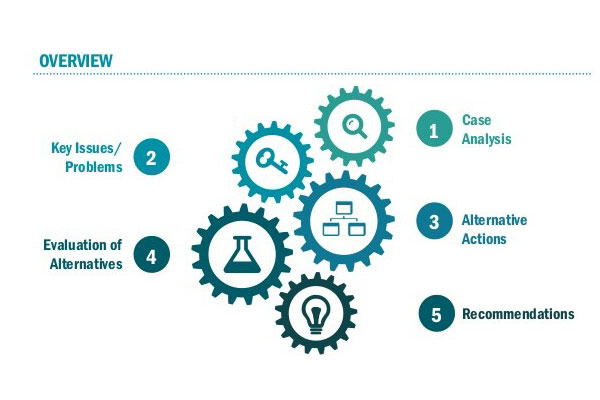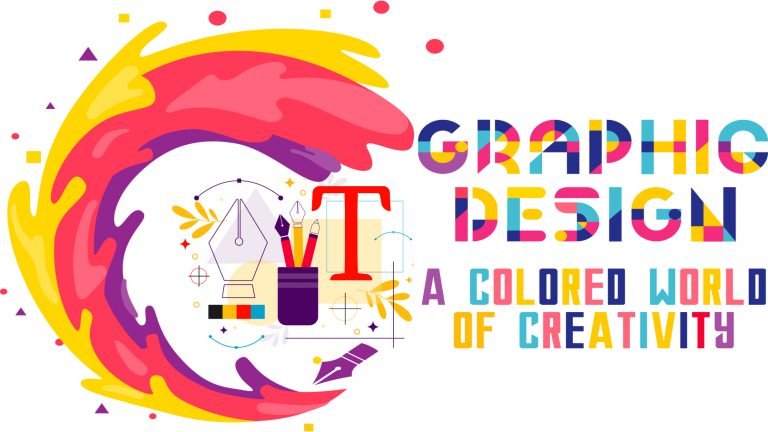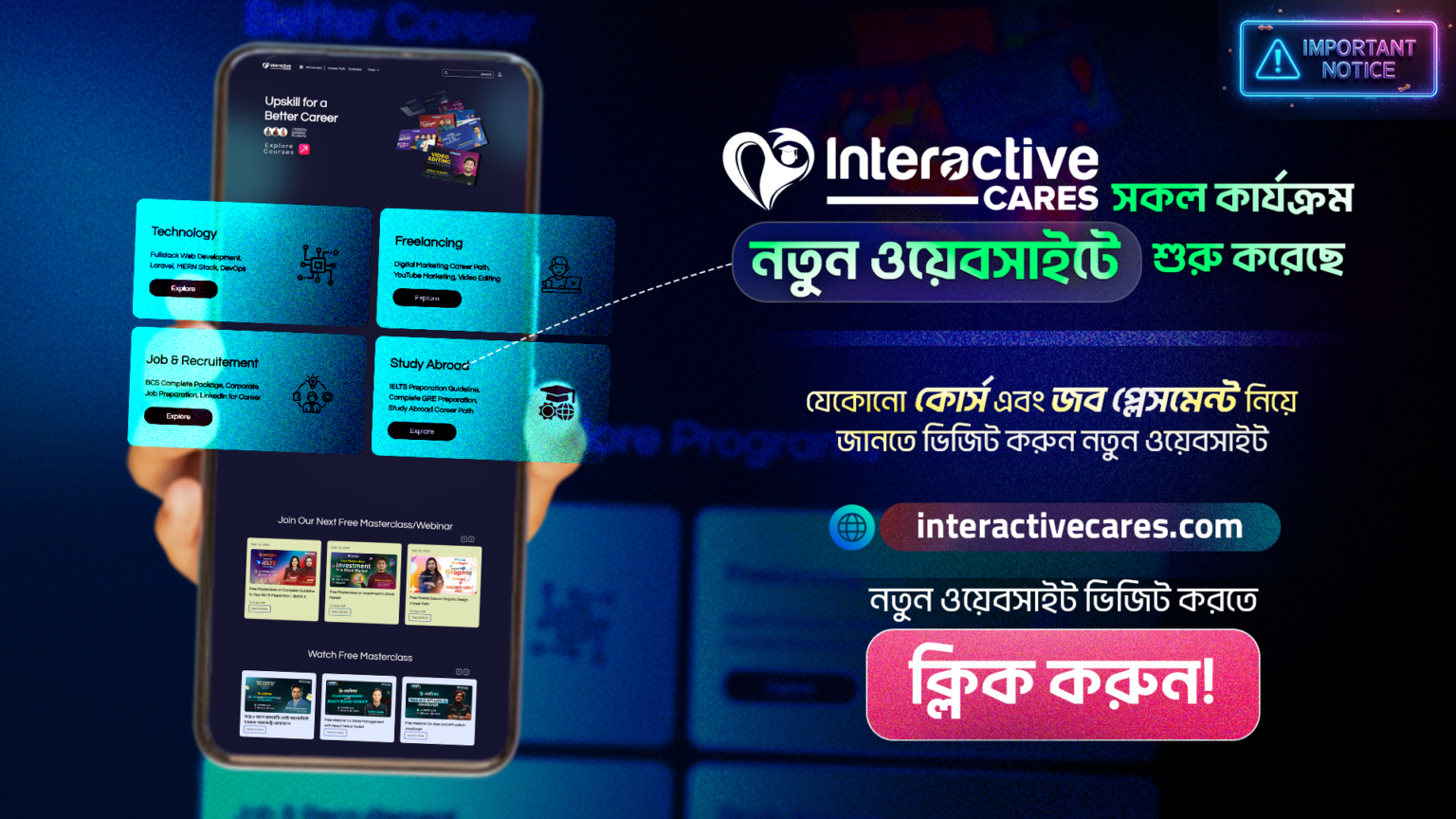In this 21st century, the pandemic situation forced us to stay home & be safe from the virus. Along with being quarantined, many people lean on freelancing & blogging, which creates a handsome earning amount.
This interest in freelancing & blogging creates a vast opportunity for those interested in graphics designing & so on. To utilize this vast opportunity, one should know about graphics design & the valuable ways for creating some incredibly beautiful graphical works.
If anybody thinks about graphic design, typically imagine creative ads or some website designs. Some individuals believe in astonishingly planned magazine distributions. But the word graphics design includes many such things as posters, information books, labelling, symbols, business cards, billboards, layouts of websites, mobile applications, application interfaces, etc.
Related: A Freelance UX Designer’s Guide to Finding Work
What is Graphic Design?
Graphic design is the creative expression or craft that mixes pictures, texts, and concepts to transfer messages to a particular audience to make an impact. Graphic design, in other terms, is a communicative style; it is a means to transmit concepts via images and aesthetics.
American Institute of Graphic Arts (AIGA) defined graphic design as “the art and practice of planning and projecting ideas and experiences with visual and textual content.” In other words, some concepts or information are communicated visually via graphic design. These graphics might be so fundamental as a corporate logo or as sophisticated as website design.
“Graphic design takes graphical and textual elements and implements them into multiple types of media,” says designer Alexandros Clufetos when asked to elaborate on the graphic design definition. “It helps the producer connect with the consumer. It conveys the message of the project, event, campaign, or product.
It must also be remembered that while many initiatives for graphic design include commercial goals like advertising and logos, they are utilized in other settings as well. Graphic design is frequently solely developed as a method of artistic creativity.
Related: লোগো ডিজাইন এর ক্ষেত্রে জনপ্রিয় কিছু সফটওয়্যারসমূহ
Elements of Graphic Design
The essential components of every visual design that form the design framework and transmit visual information are art elements. Graphic designs can employ image-based themes using a combination of photographs, drawings, brands and icons, a type-based structure, or sometimes both. The following elements can contain different configurations in all of these patterns.

1. Lines
The essential component of a design is a line. Twisted, straight, strong, thin, two-dimensional, 3-dimensional lines are used. A line is only a design feature that is characterized by a spatial movement.
Lines help designers to distinguish a layout of space or information. It is also helpful to lead the audience’s attention or to accompany additional items along a planned route for more discovery to quickly bring the audience between A and B.
2. Shapes

A shape is a limiting exposure produced by outlines in two dimensions. Geometrical, abstractions and spontaneous forms, all essential aspects of design, comprise different forms. Shapes provide many means of creating spaces, supporting typography and many other organic compounds, and balancing a composition.
Forms may be made from nothing by employing white space to offer reasonable assurance regarding design achievement.
3. Color
A key component in every graphic design is color or lack of color. Color is an aspect of particular importance to bring attention, as the sensations that color may trigger psychology exists. Designers may tremendously impact a design and logo with their solidified grasp of color psychology, incorporating color aggressively or brilliantly.
There are three primary color features,
- Hue indicates the family of colors.
- Value specifies whether the color is bright or dark.
- Saturation that recognizes color integrity.
4. Typography

The technique of organizing text is typography. It may turn a sentence into a work of beauty from plain text. Various font types can contribute to how they connect with the people paired with specific orientations, space, color and texture.
This is crucial since it may considerably influence the messages of the designs. The notion that the designer tries to express may be powered by varying weights such as bold, regular, or moderate in conjunction with various sizes, colors and positioning.
5. Texture
Texture in designing means how objects appear to resemble if they are rubbed. Texture may be rugged, glossy, bright, gentle, firm, etc. For instance.The texture seems to be another aspect that has been utilized to bring attention to this. Other components such as forms, colors, pictures and typography can be incorporated.
Even sleek, shiny advertising with texture might appear substantial. Its aesthetic look and its choices of paper and substance create a feeling of dimension. It provided a sense of various layers.
6. Size
This aspect of size focuses on the usefulness of a graphic design arrangement. Size is just like anything is little or huge. In design, size is an indicator of significance and combining different sizes may also generate visual appeal.
Size is used to be concerned with defining, attracting the audience and encouraging distinction in graphic design. Different sizes produce a hierarchy of supremacy even in the same visual design or arrangement. Graphic designers, therefore, utilize size changes to lead the eye of the observer along its path to follow.
7. Space
Space refers to a remaining vacant section of a design. These zones encompass all distances and regions between several design components, surrounding, beneath, or even above. Designers deliberately place gaps in the layout to emphasize the design regions.
White space is known in design language as a negative space used to link, divide or emphasize the connection between the design features. Space may also be employed successfully to give the spectator the illusion of distance or multi-dimension.
Principles of Graphic Design
Graphic design is widespread knowledge that is suitable for producing elevated designs to boost domestic and global companies. The design principles propose how well the designer must organize the different components of a layout to guarantee that the overall design components are linked. The principles of design include the following:

1. Balance

This indicates the proportion across a given layout of graphic design components, such as forms, font and pictures. Designers can select an equilibrium (stable) layout or off-balanced (dynamic) arrangement.
Visual equilibrium is achieved by symmetrical combinations and asymmetrical combinations in graphic design. Thus, they still contain comparable components, even if the two sides of a layout are not identical. Balance is vital because it gives a design with formation and composition.
A symmetrical design provides equilibrium by weighing items placed on each side of a central line. On the contrary, the asymmetrical design employs counterweights to contrast the significant feature with many smaller ones to produce an arrangement that is not even but yet has balance. Symmetrical patterns are usually pleasant, if not monotonous, at times. Asymmetrical designs are livelier and may provide significant visual intrigue and motion.
2. Alignment

This essential design feature establishes a visual link between items like pictures, forms, or text blocks. Alignment concerns the organization of the design. All aspects must be coordinated with the top, bottoms, centers, or sides to generate visual interaction among the pieces.
Alignment helps to produce a crisp and orderly look, removing any distortion in the arrangement. It indicates the size of each element when its share is compared and the components are concentrated, which might influence consumers. Alignment introduces overall structural direction.
3. Proximity

Proximity offers a graphical link between design pieces. It decreases unrest, enhances audiences’ understanding, and gives them a focus. It does not always imply that identical pieces must be placed side by side. It only means that they should be visibly linked.
Proximity helps enhance the aesthetics by establishing a link between associated parts. It creates a visual connection between essential design variables like color, typography, style or scale, providing a flawless design. It gives the audience an excellent overview of everything they look at, providing a wonderful experience for users.
4. Contrast

In contrast, some parts of the design are emphasized. Contrast enables you to highlight contrasts among components and emphasize the essential design aspects a graphic designer wants to emphasize.
In all forms of visual art, contrast is a fundamental aspect since it directs the audience’s attention to crucial design components. The difference between like components in the design is essential to preserve and improve overall readability. Contrast is created by opposing design components on a layout.
Contrast generates room and distinction in your design pieces. The context must contrast substantially from the color of other parts to function together smoothly and be understood.
5. Rhythm

Rhythm combines several components to create a more ordered and consistent appearance. Repeating key aspects such as logo or color may make the brand easy to recognize and enhance the overall appearance.
This repeat connects each piece and reinforces the design yet creates a sense of ordered movement. The remaining design components and style coherence will assist the reader in moving across the design. Over and above one printed product, repetition might be essential.
Graphics Designing Process

With the constant digitalization in our society today, the design phase has developed enormously. But simply while these procedures have evolved over the years, designers still don’t utilize traditional instruments, such as paper and pencil.
The majority of graphic designers utilize a hybrid method using both conventional and numerical technology. Designers are often able, before the computer is completed, to begin the conceptual design by drawing concepts with the conventional graphic design instruments.
Many designers begin using graphic design software straight on computers. These technologies have improved the artistic process by providing designers to provoke thought and produce designs faster than entirely hand-held creations.
Professional designers have an aesthetic tendency and so much more in their creative thoughts. Before they delve into their tangible toolset and hit paper or screen style, excellent analytical abilities and critical thought are vital tools for graphic designers. Designers use several techniques to mix art and technology to convey a particular message to the target audience an amazing visual experience.
End Note
We hope you’ve enjoyed this article and are inspired to take action in your life.
If the thought of starting from scratch is overwhelming, don’t worry! That’s why we created our Graphics Design Course – as a way for amateurs & people like you to grow their graphics designing skills one step ahead. This course helps you to know about all graphics design. Moreover, it teaches you some unique techniques of graphics designing.
Our course is particularly created for novices (albeit you’re not technically inclined) so that you have to follow step-by-step until you have completed the graphics designing course & call yourself a graphics designer.
Click Below for more information about what the course includes and how it can help get your name out there today!







































